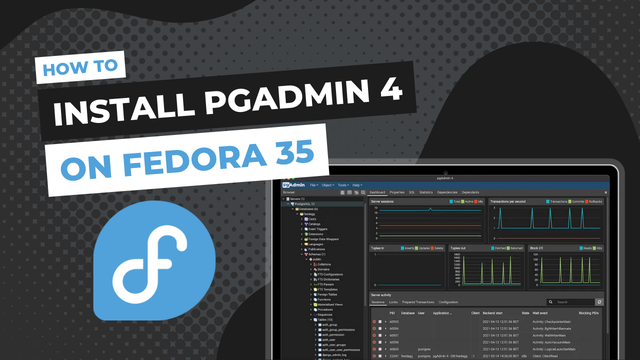Database Management Tutorials

Fix PostgreSQL error: Stale postmaster.pid file on macOS

3 Ways to Backup & Restore a PostgreSQL Database

How to Install pgAdmin4 on Fedora 35 using DNF
Database Management Tutorials
Tutorials are a fantastic medium for learning and gather quick knowledge about a specific topic. In total, our community has published 3 tutorials about Database Management. These tutorials can be read to get a better understand of how Database Management works. All Database Management Tutorials on this page are rated by the communtiy so that you are presented with the best content possible. New articles will instantly be added to this list as they are written and published by community members.
Database Management
Data Management is a process that comprises all disciplines related to managing data as a resource. It applies to both physical and digital data, however, in this day and age most database management refers to later. Database management has become more vital to every day business and the world we live in today. With well managed data, business, industry and the public can derive valuable information that can be used in decision making and prediction. When managing data its important to have an overall knowledge of the underlying database and its structure. The process also involves backup and recovery, data archiving, data partitioning, data replication, planning of storage and capacity, and overall performance monitoring and optimization.